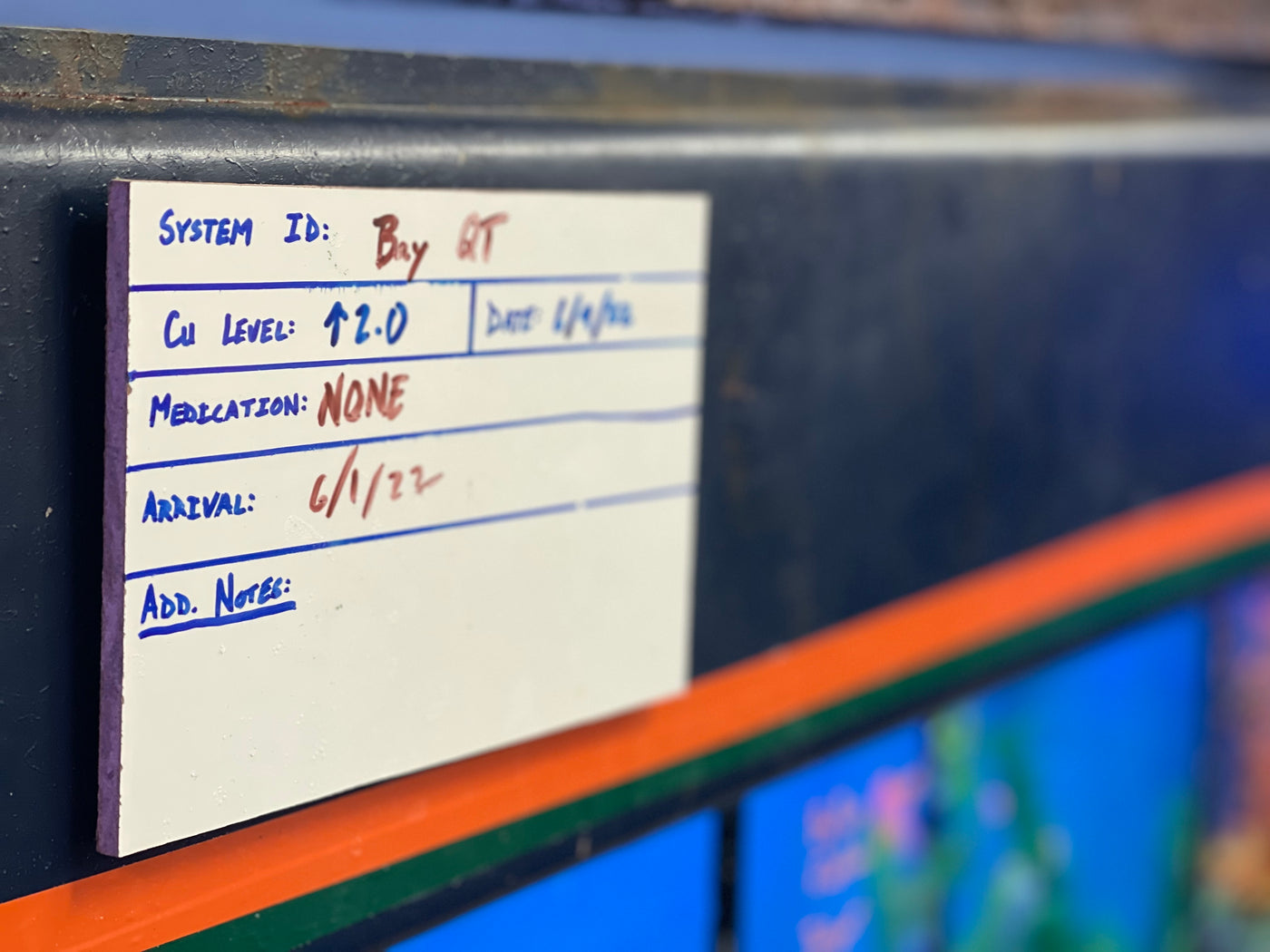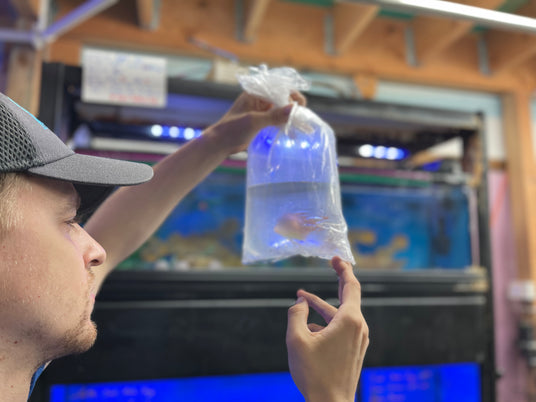
RECEIVING
New Wave Aquaria has spent decades creating relationships with the top fish distributors around the world so that we are able to provide you with the most diverse and healthy livestock available. To ensure maximum health of our fish, we make weekly trips to the airport to pick up our new arrivals.
Once picked up, the quarantine process begins starting with a visual inspection of each fish specifically looking for markings, discolorations, or any other physical abnormalities that may indicate a potential disease or infection. It is also at this time, we begin to decide where each fish/species will be placed in one of our 11 quarantine systems.
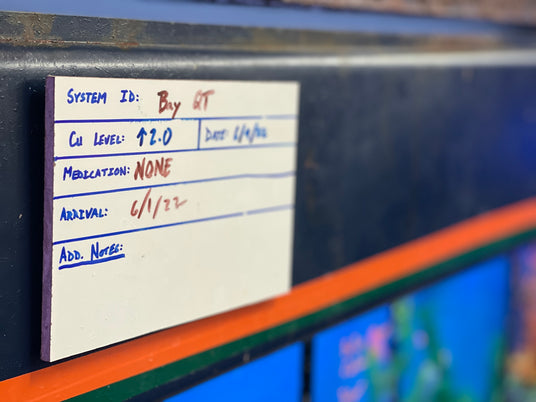
PLACEMENT
During this step, we map out which system each fish will be placed. This plays a critical role in the success of the health and acclimation of the fish to aquarium life. Factors like fish size, required tank space & temperament all play a factor in determining where we place fish and what tankmates we put them with. Patience, time, and experience are key at this stage and is why we have a team of Fish Specialists that determine proper locations.
Most of our fish start in systems treated with copper at levels of 2.25-2.50 ppm. However, certain species (i.e. puffers, dragonettes, eels, wrasses, goatfish) are more sensitive to medications so they are put in unmedicated, observation quarantine systems to start.
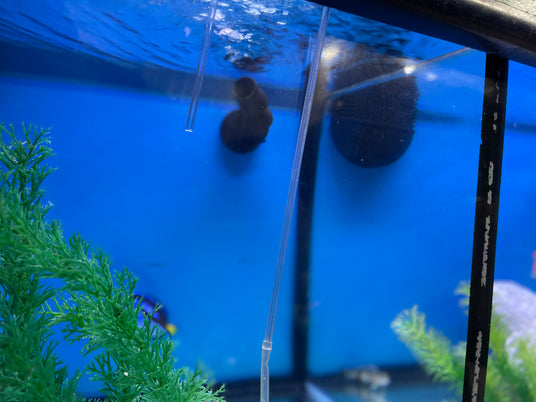
ACCLIMATION
After examination and determining where the fish will be placed, we begin the acclimation process. This starts by floating the sealed bags in the selected system for at least 30 minutes to equalize temperatures.
Once temperature acclimation is finished, we open the bags and put the fish in either large totes or buckets to begin the drip acclimation process. Since we have already determined which system certain fish will go in, we are able to place them with their other tankmates during the drip acclimation.
We drip acclimate fish depending on the salinity difference between the bag and tank water. During this time, a closer inspection of each fish is conducted looking again for any signs we may have missed. During the drip acclimation process we watch for aggression among the group and if any is noticed, we seperate the problem fish from the rest of the group.
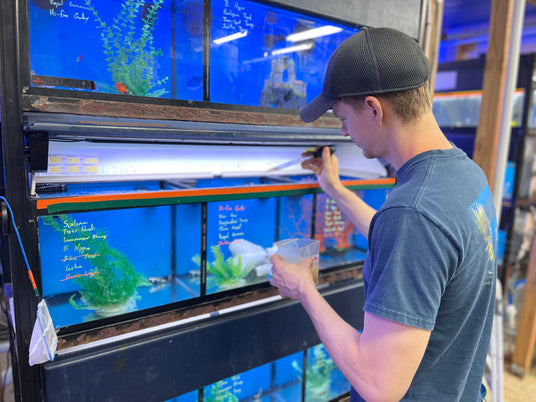
MONITORING
As our new arrivals go through their two week quarantine, we continuously monitor their health and behavior. A daily visual inspection is conducted and documented during every feeding. If any signs of disease or infection are noted, we treat accordingly.
**See the "Treatment" section below for details.
Most fish benefit from smaller, more frequent feedings thoughout the day. For maximum success, we feed our fish a minimum of 2-3 times daily. This allows us to actively monitor eating patterns and note the appetite and food preference of each fish.
And...for those picky eaters... we offer an extended variety of speciality foods striving to get them to actively eat and get them accustom to prepared aquarium cuisine.
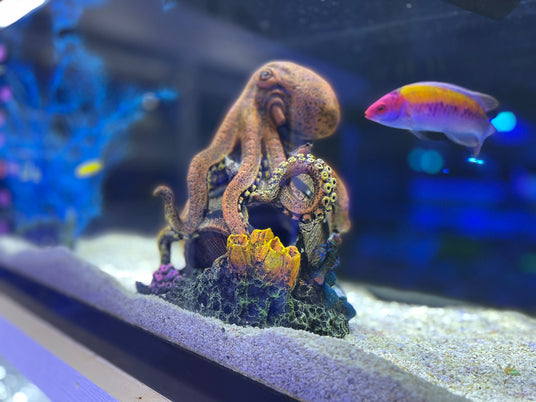
READY FOR SALE
Once finished with their 2 week quarantine, we transfer our fish from the quarantine systems to one of our 7 Sales Floor Systems.
A brief drip acclimation is done and a final inspection is conducted. Once the salinities are matched and the drip acclimation is completed, our fish are ready for their forever home in your aquarium.
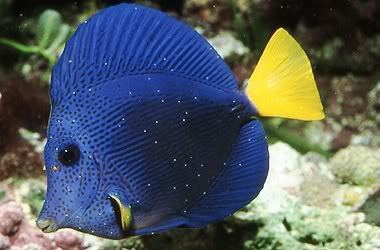
ICH
How To Diagnose
Small white dots on fins and body of fish. Fish is itching or scratching on a hard surfaces and/or swimming erratically.
How We Treat
Step 1: Freshwater dip for 5 minutes. Ensure the temperature is within 1 °F of tank water.
*If using tapwater, use Prime & Marine Buffer.
Step 2: Place in quarantine system with 2.5ppm level of copper for 14 days
Step 3: Visually inspect fish. If symptoms are still present, repeat procedure
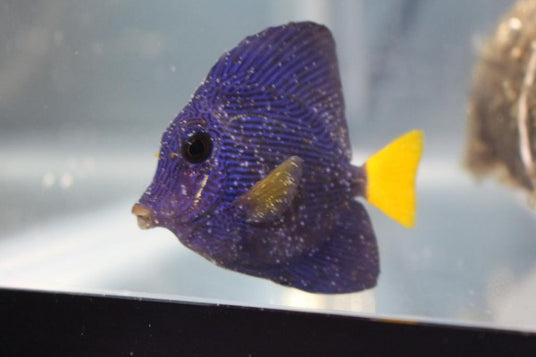
VELVET
Comes on quicker than ich. Large visible white spots on fins and body. Typically covers the entire body within a few hours. Fish is itching or scratching on a hard surfaces and/or swimming erratically.
How We Treat
Step 1: Freshwater dip for 5 minutes. Ensure the temperature is within 1 °F of tank water.
*If using tapwater, use Prime & Marine Buffer.
Step 2: Place in quarantine system with 2.5ppm level of copper for 30 days
Step 3: Visually inspect fish. If symptoms are still present, repeat procedure
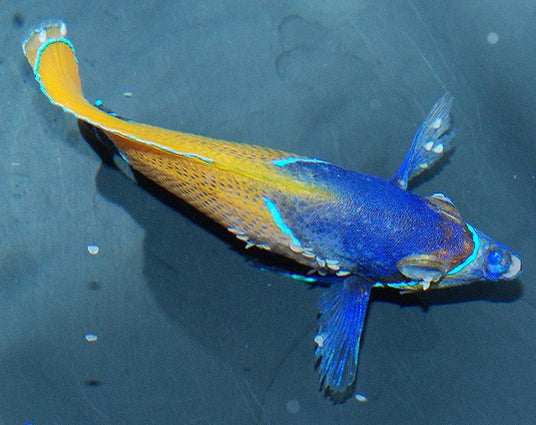
FLUKES
How To Diagnose
Translucent white bumps on fish, typically found on fins and eyes. Flukes are also commonly found in gills. The eyes can also appear cloudy. Fish is itching or scratching on a hard surfaces and/or swimming erratically.
How We Treat
Step 1: Freshwater dip for 5 minutes with PraziPro (5mL per gallon). Ensure the temperature is within 1 °F of tank water.
*If using tapwater, use Prime & Marine Buffer.
Step 2: Place in quarantine system with 2.5ppm level of copper & manufacturers recommended levels of PraziPro for 14 days
Step 3: Visually inspect fish. If symptoms are still present, repeat procedure
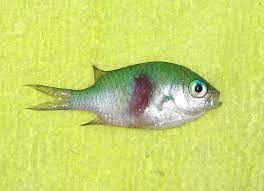
URONEMA
How To Diagnose
Virtical red sore along side of body. Typically once this is present, chances of survival are minimal, however this will give us an indication that other fish in the system need to be treated.
How We Treat
Step 1: Place in a sterile quarantine system for 14 days with 2.5ppm level of copper. Dose system with Methylene Blue (Mix 1/8 tsp with 8 fl oz of water. Use 1.5 fl oz of mixture per 20 gal). Dose KanaPlex per manufacturer instructions.
Step 2: Visually inspect fish. If symptoms are still present, repeat procedure in a new sterile quarantine system.
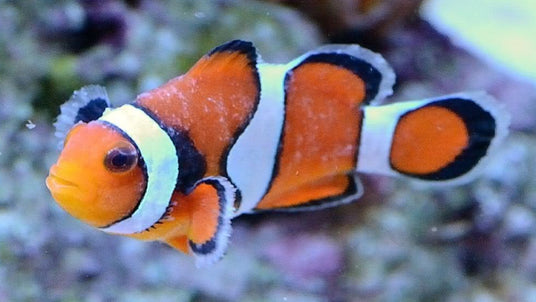
BROOKLYNELLA
How To Diagnose
White, cotton-like appearance on head and body. Fish is scraping against hard surfaces and gasping for air. Can also have a loss of appetite.
How We Treat
Step 1: Freshwater dip for 5 minutes. Ensure the temperature is within 1 °F of tank water.
*If using tapwater, use Prime & Marine Buffer.
Step 2: Place in a sterile quarantine system for 14 days with 2.5ppm level of copper. Dose system with Methylene Blue (Mix 1/8 tsp with 8 fl oz of water. Use 1.5 fl oz of mixture per 20 gal). Dose KanaPlex per manufacturer instructions.
Step 3: Visually inspect fish. If symptoms are still present, repeat procedure in a new sterile quarantine system.
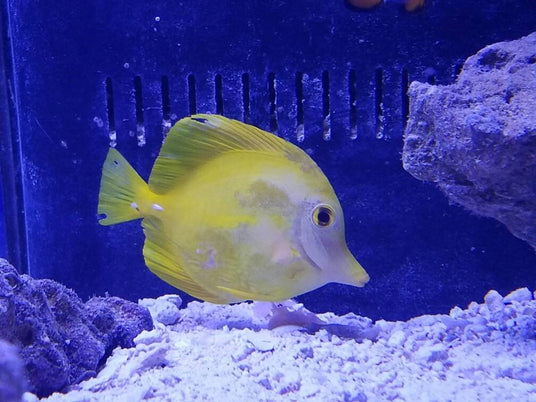
BACTERIAL INFECTION
How To Diagnose
Brown or red markings, typically around mouth or center of body. Tails or fins appear to be rotting away. Eyes are cloudy.
How We Treat
Step 1: Dose system with Nitrofurazone Powder (Mix 1/8 tsp with 8 fl oz of water. Use 1.5 fl oz of mixture per 20 gal). Dose KanaPlex per manufacturer instructions.
Step 2: Visually inspect fish. If symptoms are still present, repeat procedure in a new sterile quarantine system.

